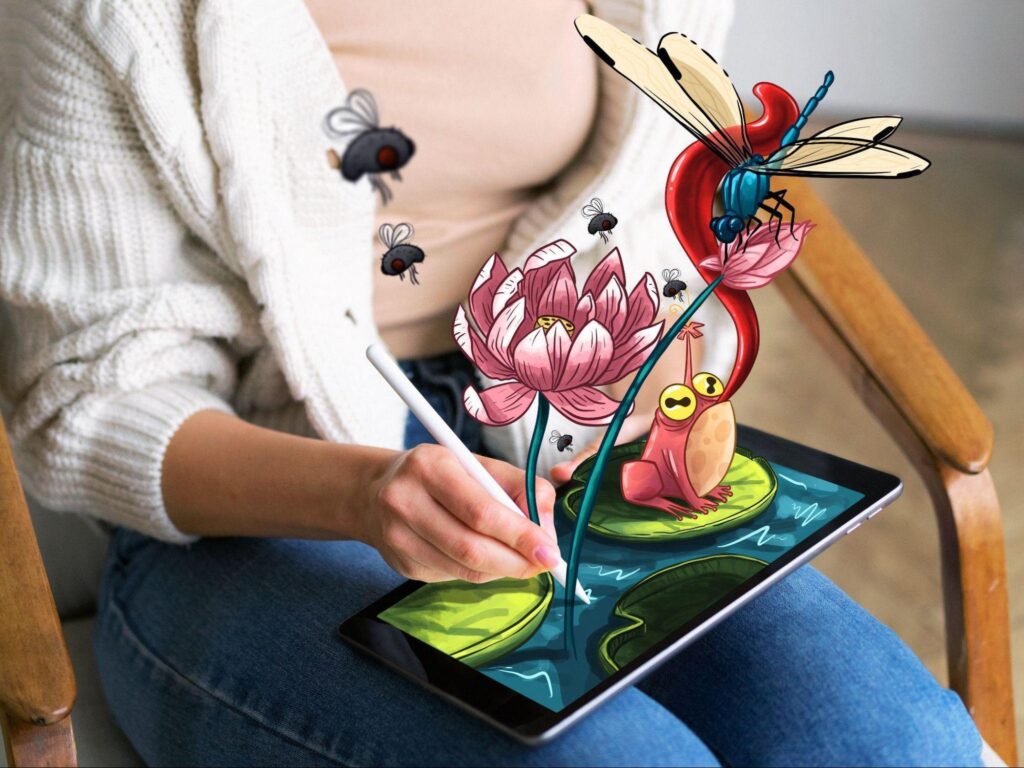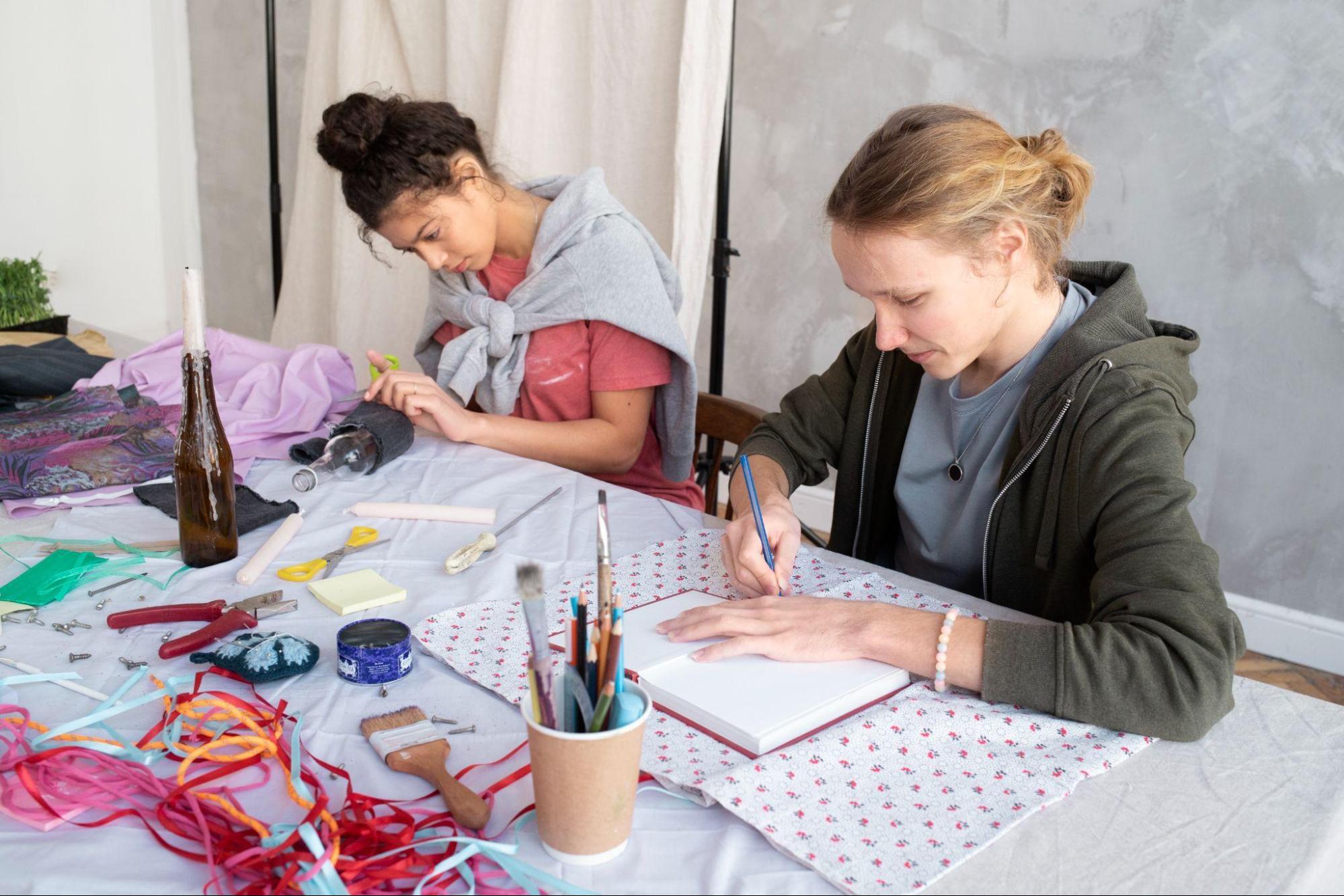Disclosure Sponsored Links: This post contains a paid-for sponsored link, meaning we have received compensation in exchange for including it. Sponsorship does not influence our content, but we believe in transparency regarding paid placements.
Even though schooling is always changing, one thing stays the same: creativity is valuable. Art, in all its forms, is a powerful way for students to express themselves, learn about the world, and think critically. But how can we make art a natural part of every course so that students can learn a lot from different fields? Let’s look at some effective ways and examples to bring creativity into all areas of the curriculum and turn ordinary classes into lively places where ideas and expression can thrive.
Table of Contents
Embracing the Power of Visual Arts in Science
The Intersection of Observation and Imagination
When you look at a butterfly’s wings and think about how fancy the patterns are, what comes to mind? The two subjects work well together, especially when it comes to learning how to watch and think outside the box. For example, students can learn about body parts in a more hands-on way by drawing or modelling during biology class. This helps them understand and remember tough ideas. If kids were to make animal cell models out of clay, mitochondria wouldn’t just be words in a book; they would be real, bright structures that the pupil made.
Digital Art and Data Visualisation
Digital art tools can be very helpful in classes like physics and science. Students can make infographics that show the laws of motion or chemical reactions using graphic design software to see how experiments worked and what the results were. This not only helps students understand, but it also gives them important computer literacy skills. This is also a creative way to show data and results, which makes learning more fun and less stressful.
Expert Writers in Art and Design
As creativity knows no limits in the huge world of art and design, there is always a need for expert writing that can explain the subtleties of this field. When writing an effective review, an in-depth look at design principles, or a reflective essay on the creative process, the right words can shed light and spark ideas. When this happens, a professional writing service can be very helpful for artists who want to get their ideas across clearly and powerfully. Students and pros can both get the help they need to find their way around the complicated worlds of art and design by ordering custom essays online. With a team of writers who are both great at language and deeply interested in art and design, this kind of service connects creative ideas with beautiful ways to express them. This makes sure that every piece of writing is as lively and insightful as the art it talks about.
The Role of Performing Arts in Language Learning
Dramatisation of Literary Works
Who says Shakespeare has to be confined to the pages of a book? Students can learn more about characters, ideas, and historical contexts by bringing books to life through drama. Acting out scenes from old books or plays in English class not only helps students understand better, but also makes them better at talking to others and speaking in public. The emotional tension in “Romeo and Juliet” is one thing to read about; it’s quite another to feel it as Romeo or Juliet on stage.
Language Acquisition through Song and Rhyme
Have you ever thought about why you can still remember songs from your childhood? Music has a special effect on helping us remember things, which makes it a great way to learn a language. Using songs, rhymes, and even rap in foreign language lessons can help students learn new words faster and improve their pronunciation. It’s a fun and effective way to get pupils to use a new language and helps them practice speaking in a less stressful setting.

Integrating Art into Mathematics and Technology
Geometry Through Artistic Design
Geometry is more than just angles and equations; it’s what art and design are built on. Teachers can show students how math is used in real life by having them use geometric ideas in art projects. Take a look at tessellations in Islamic art or the way things are balanced in nature. Designing patterns or building models as part of an assignment can help students understand abstract math concepts in a way that is both real and visually appealing.
Coding and Digital Storytelling
In the field of computer science, writing code can be an art form in and of itself. Teaching kids how to code through digital stories or game design helps them think logically and creatively at the same time. Imagine if students could code their own cartoons or interactive stories. They could write the story and use programming to make it come to life. This method takes the mystery out of technology and encourages artistic expression and a feeling of accomplishment.
History and Art: A Time-Travelling Duo
Historical Reenactments and Artefacts
Art can be used to teach history in ways that go beyond time. Making replicas of items or reenactments from the past is a hands-on way to learn about different cultures and times. Reading about the Renaissance is one thing, but painting like Michelangelo or da Vinci is something else. These kinds of events not only bring history to life, but they also promote understanding and awareness of other cultures.
Integrating Art Criticism and Historical Context
When we talk about art movements in the context of their past, we can learn about how culture, society, and technology have changed over time. Students can get better at thinking critically and learn more about art and history by looking at how events in history have affected both. When people from different fields look at art criticism together, it becomes an interesting way to learn about history. It gets pupils to think about how the past and present are connected.
Conclusion
Simply adding art to lessons is not enough. The way we teach needs to change so that students can grow up to be well-rounded people who can think critically and always enjoy learning. Adding creative writing, digital design, acting, and visual arts to everything will make the classroom more fun, useful, and open to everyone. We can be creative in a lot of different ways, and we can turn ordinary learning into an exciting trip where we learn new things and express ourselves. Lastly, every lesson is a ready-made work of art that combines training and art.








